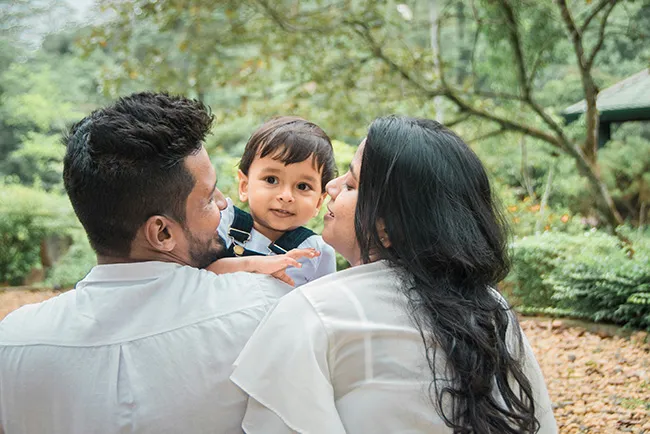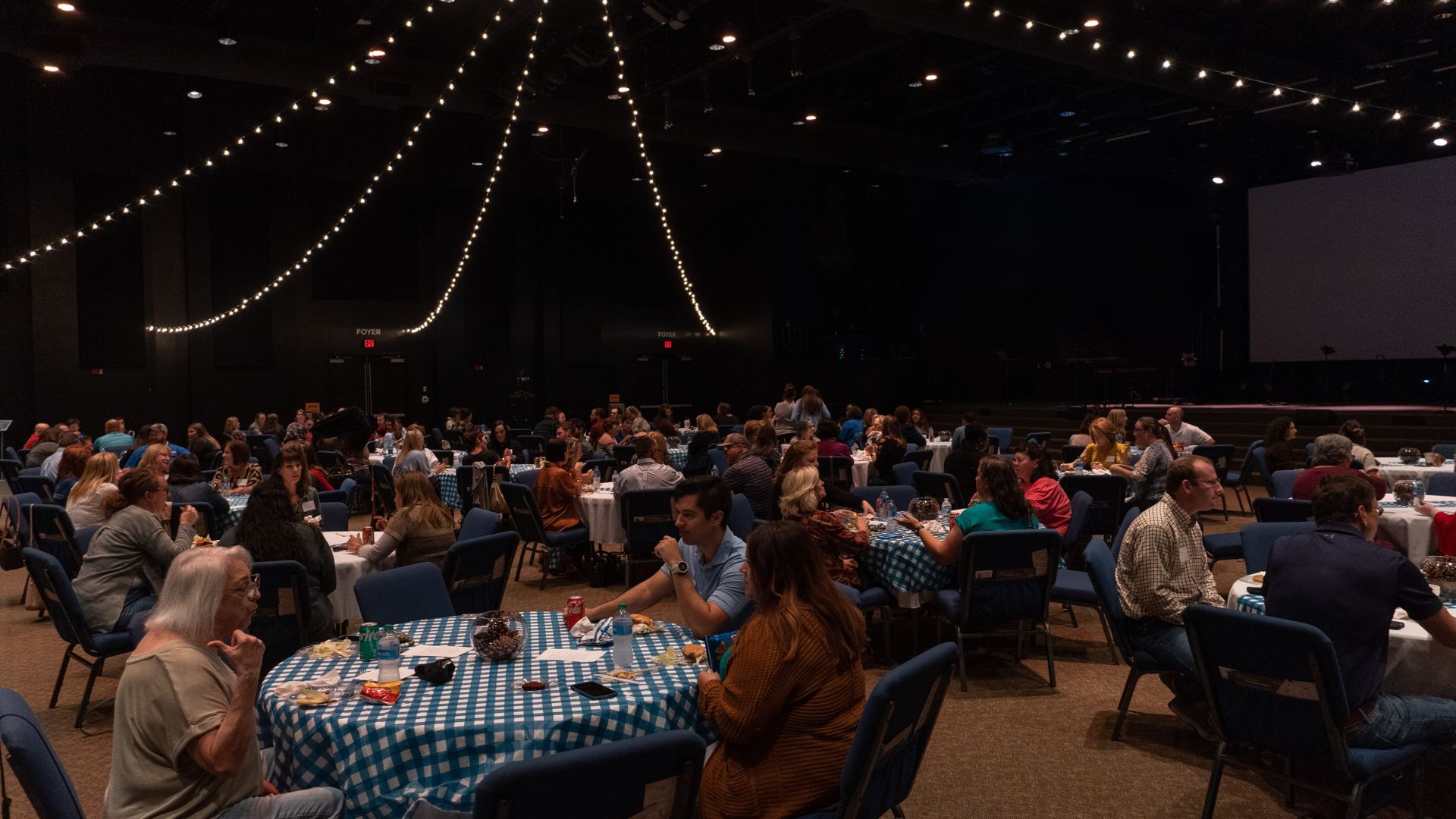
“I sometimes indulge in avoidance by sticking my head in the sand. It’s comfortable down there. Especially around the 1st and 15th of the month when I have to sit down, write checks and pay daunting companies for the services they provide out of my already low bank account. Indeed. Punching numbers and paying the Piper has lost its joy these days, but not paying the Piper brings unwanted rats into my life. As I






